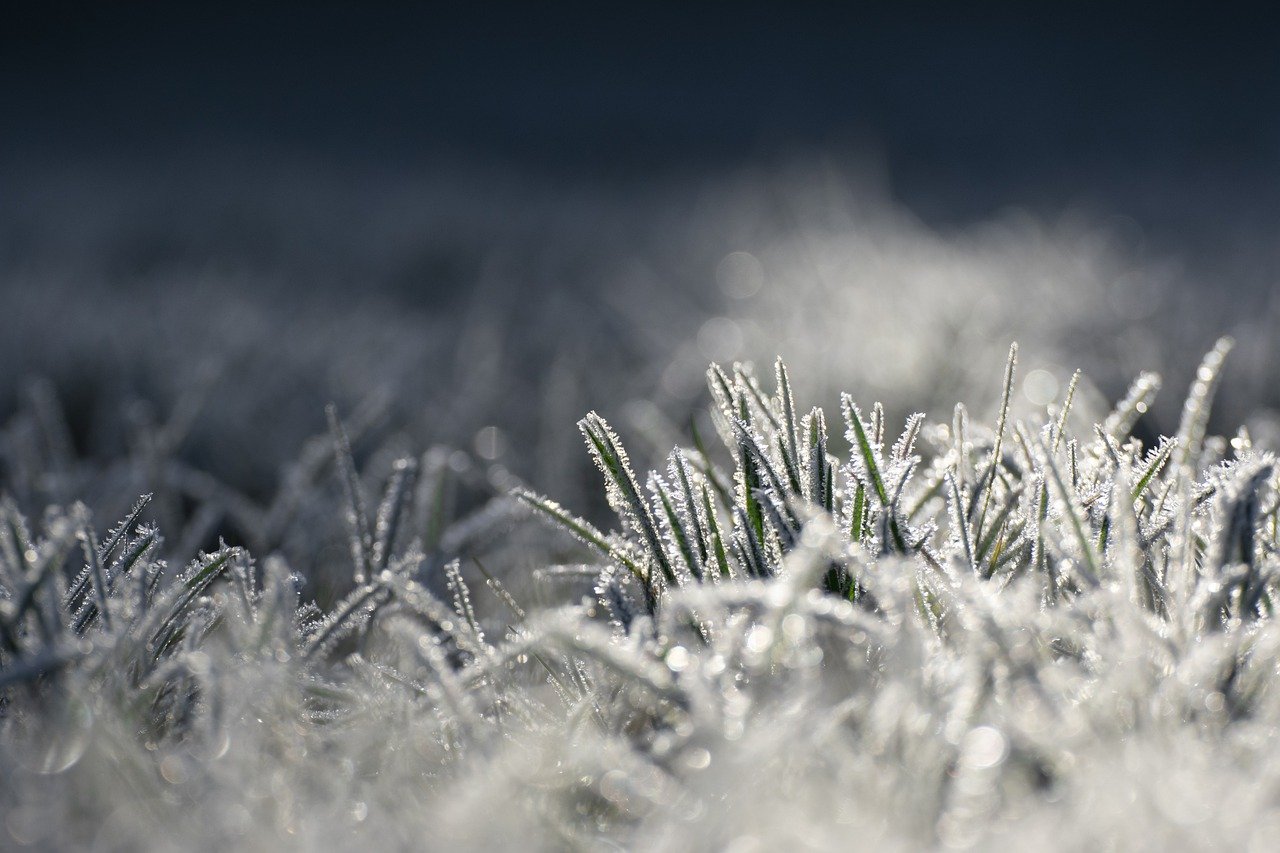It’s easy to forget about the equipment you rely on during the busy season in the slower months. However, proper maintenance of your spray equipment during the colder months is crucial to ensure that it’s ready to go when the spring season arrives. In this blog post, we’ll explore essential winter maintenance tips to keep your spray equipment in top shape, reduce downtime, and extend the life of your gear.
Why Winter Maintenance Is Important
While you may not be using your spray equipment as frequently in the winter, neglecting it during the off-season can lead to costly repairs and performance issues when you need it most. Cold weather can cause components to freeze, crack, or degrade, and improper storage can result in rust or corrosion. Winterizing your spray equipment properly will help ensure it stays in good condition and performs optimally when the busy spring season arrives.
Essential Winter Maintenance Steps for Spray Equipment
1. Drain Fluids Completely
To avoid freezing and cracking, ensure that all fluids are drained from your spray rig. This includes any leftover water, cleaning solutions, and chemicals. Freezing temperatures can cause these liquids to expand, potentially damaging hoses, pumps, and tanks. Drain all components, including hoses and filters, to keep everything in optimal condition.
2. Clean and Flush Your Equipment
Before storing your spray equipment for the winter, thoroughly clean it to remove any leftover chemicals, dirt, and debris. Start by rinsing out the tank, hoses, nozzles, and filters with warm water and mild detergent. Pay extra attention to areas that may have chemical buildup, as this can lead to clogging and corrosion if left unchecked.
After cleaning, flush the entire system with clean water to remove any remaining chemicals. For additional protection, consider using a non-toxic winterizing solution to help prevent water in your equipment from freezing.
3. Inspect for Damage and Wear
Take the time to inspect your spray equipment for any signs of wear and tear. Check hoses for cracks, nozzles for clogs, and filters for buildup. Replace any worn or damaged parts now before they become bigger issues in the spring. This step will save you time and money down the road by ensuring that your equipment is fully functional when you need it.
4. Lubricate Moving Parts
Lubricating moving parts is essential for maintaining your spray equipment’s functionality. Apply a light layer of lubricant to pumps, valves, and other moving components to prevent rust and corrosion. This will help keep your equipment running smoothly and reduce friction, which can lead to premature wear.
Make sure to use the right lubricant as specified in your equipment’s manual to avoid damage to seals or other sensitive parts.
5. Store in a Dry, Climate-Controlled Area
Proper storage is one of the most important steps in maintaining your spray equipment during the winter. Store your equipment in a dry, climate-controlled area to avoid exposure to freezing temperatures or excessive moisture, both of which can lead to damage. If indoor storage is not possible, use weather-resistant covers or tarps to protect your equipment from the elements.
If you’re storing your equipment outside, ensure that it is elevated off the ground to avoid contact with snow or water, which can lead to rust and corrosion.
6. Document Maintenance and Repairs
Keep track of any maintenance or repairs performed during the winterization process. This record will help you stay organized and ensure that no critical tasks are overlooked. When spring arrives, you’ll have a detailed log to refer to as you prepare your equipment for the new season.
At Graham, we understand how important your spray equipment is to your business. We offer a wide range of high-quality spray rigs and accessories to help you maintain your equipment with ease. If you have any questions or need assistance with winter maintenance, don’t hesitate to reach out. We’re here to ensure that your equipment is ready to deliver top-notch results when you need it the most.

